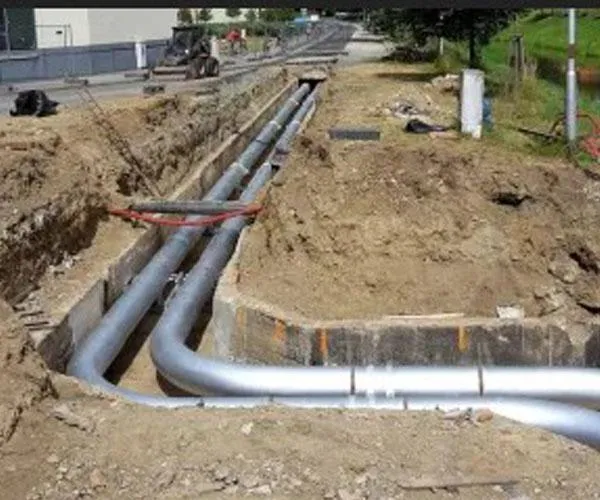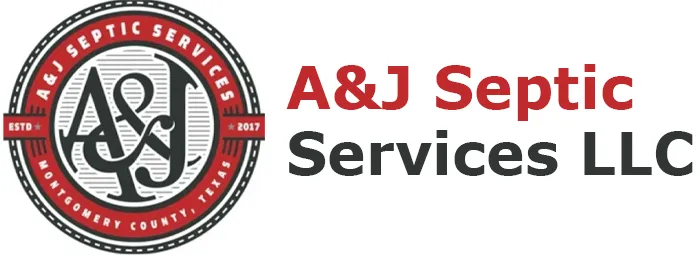
How Much Should You Pay for Utilities Trenching near Montgomery County, TX?
Understanding Utilities Trenching in Montgomery County, Texas
If you’re a homeowner or contractor in Montgomery County, you already know how quickly projects can get complicated when it comes to installing or repairing underground utilities. Whether it’s water, sewer, gas, or electrical lines, they all need one thing: a trench. Utilities trenching is the process of digging a precise channel in the ground so those pipes and cables can be installed safely and correctly.
But here’s where the stress sets in—how much should you really be paying for this kind of work? It’s not like you can Google “utilities trenching” and get a set price that applies to your yard. Costs vary, and if you don’t know what to expect, you risk overpaying or hiring someone who cuts corners. That’s why we’re breaking it down for you in plain language.
Why Homeowners and Contractors Need Utilities Trenching
Think about the basics that keep a home or business running—water to drink, electricity to power your lights, sewer lines to take waste away, and gas to heat your stove. None of these happen without a trench to guide those lines underground.
For new construction in Montgomery County, utilities trenching is non-negotiable. For existing homes, trenching often comes into play when repairs, replacements, or upgrades are needed. If you’re adding a new shop on your property, upgrading a septic system, or connecting to city utilities, trenching is part of the process. Without it, your project can’t move forward.
What Factors Affect the Cost of Utilities Trenching?
Prices for trenching aren’t one-size-fits-all. Here are the big factors that play into what you’ll pay:
Depth and Width of the Trench – Deeper trenches require more digging time, more safety precautions, and sometimes more powerful equipment.
Soil Conditions – Sandy soil is easier to dig than heavy clay or rocky terrain. Montgomery County has a mix of both, so your location matters.
Obstacles in the Way – Tree roots, old concrete, existing utilities, or even landscaping can all slow down the job and drive up costs.
Length of the Trench – More feet means more time, more fuel, and more labor.
Permits and Inspections – Some projects require county permits and inspections, which add to the overall cost.
Method of Trenching – Traditional trenching and hydro excavation come with different price tags (we’ll explain that soon).
Average Utilities Trenching Costs in Montgomery County, Texas
So, what should you actually expect to pay? While every project is different, here’s a ballpark:
Basic residential trenching: $8 – $20 per linear foot
More complex trenching (rocky soil, deep cuts, or obstacles): $20 – $40 per linear foot
Specialty trenching methods like hydro excavation: $30 – $60 per linear foot
For a typical home project that requires 100–200 feet of trenching, you’re looking at anywhere between $1,000 to $6,000 depending on site conditions and scope of work.
Common Problems That Increase the Price
Homeowners are often surprised when their trenching project costs more than expected. Here are the most common culprits:
Hitting Rock or Hard Soil – Montgomery County has plenty of clay and limestone. Breaking through takes extra time and specialized equipment.
Unmarked Utilities – If old utility lines aren’t properly located, the crew may have to stop and reroute. That means more labor.
Water Issues – Rain or a high water table can flood a trench, forcing extra pumping or drainage work.
Last-Minute Changes – Deciding halfway through that the trench needs to be deeper or longer will naturally add cost.
DIY Trenching vs. Hiring a Professional: What’s the Real Cost?
Some homeowners think, “Why not just rent a trencher and do it myself?” On paper, it looks cheaper. Rental rates for a walk-behind trencher can run $150–$300 per day. But here’s the catch:
Most rentals only dig about 3–4 feet deep. Some utilities in Texas need to go deeper than that.
You’re responsible for calling 811 to locate underground utilities, and mistakes can be costly—or dangerous.
Trenches need to be dug to code. If the inspector doesn’t approve your work, you’ll have to redo it.
In the end, DIY trenching might save a few hundred dollars, but it can easily cost thousands if something goes wrong. Hiring a professional ensures the job is done safely, legally, and efficiently.
Comparing Trenching Methods: Traditional vs. Hydro Excavation
Not all trenching is done with the same tools. In Montgomery County, two main methods are used:
Traditional Trenching (Backhoe/Excavator)
Cost-effective for most residential and commercial projects.
Fast and efficient.
Downside: Can cause more disruption to landscaping.
Hydro Excavation (Water + Vacuum)
Uses pressurized water and suction to create trenches.
Safer around existing utilities because it reduces the chance of damage.
Cleaner, with less backfill mess.
Downside: Typically more expensive than traditional trenching.
The method you choose depends on the job. For a basic utility line in an open yard, traditional trenching makes sense. For projects in tight areas with lots of existing utilities, hydro excavation is worth the higher price.
How to Spot Hidden Fees in Utilities Trenching Quotes
Not all quotes are as straightforward as they seem. Look out for these common add-ons:
Mobilization fees – The cost of transporting equipment to and from your site.
Disposal fees – Removing excess soil or rock often isn’t included in the base price.
Backfilling and compaction – Some contractors only price for digging, not putting the soil back properly.
Restoration costs – Fixing driveways, sod, or landscaping can fall on you unless stated otherwise.
Always ask for an itemized estimate before signing anything.
Reviews From Montgomery County Homeowners: What People Are Paying
Here’s what local homeowners often say about trenching work in the area:
“I thought it would only take a day, but the rocky soil added two more. The final bill was higher, but at least I knew why.”
“Our contractor explained every cost upfront. No surprises—just straightforward pricing.”
“We went with hydro excavation because we had multiple utilities already underground. It was pricey but worth the peace of mind.”
Reading reviews and asking neighbors what they paid can give you a realistic idea before you start calling for quotes.
How to Choose the Best Utilities Trenching Contractor Near You
When you’re ready to hire, keep these points in mind:
Experience Matters – Ask how many trenching projects they’ve completed in Montgomery County specifically.
Equipment – Make sure they have the right machines for the type of soil and trench depth your project requires.
References and Reviews – A good contractor won’t hesitate to provide them.
Transparency – If they dodge questions about pricing or permits, that’s a red flag.
Customization – Every property is different. The best contractors don’t just give cookie-cutter solutions—they adapt to your needs.
Money-Saving Tips Without Cutting Corners
Want to keep trenching costs down without sacrificing quality? Here are a few practical tips:
Plan Ahead – The more details you provide upfront, the fewer surprises later.
Bundle Work – If you need multiple trenches for water, sewer, and electrical, doing them all at once is usually cheaper.
Clear the Area – Removing brush, debris, or obstacles before the crew arrives can cut down on labor time.
Get Multiple Quotes – Aim for at least three bids to compare. Just make sure you’re comparing apples to apples.
Schedule Wisely – Contractors are often busier in peak building seasons. If you can be flexible, you may get a better rate.
Final Thoughts: Getting the Best Value for Utilities Trenching in Texas
At the end of the day, utilities trenching isn’t something you want to gamble on. The cheapest option may end up costing more in repairs, while the most expensive isn’t always the best fit. The real goal is value—quality work at a fair price.
At A&J Septic Services LLC, based in Frisco and serving Waller, Montgomery, Grimes, Harris, Fort Bend, and Austin Counties, we understand the unique soil conditions, codes, and challenges of trenching in Texas. We’re not a huge firm, but we pride ourselves on customizing solutions to meet each client’s needs.
If you’re preparing for a project that requires utilities trenching, don’t leave it to guesswork. Take the time to understand your options, ask the right questions, and make an informed choice. That’s how you’ll get a trench that’s safe, code-compliant, and worth every dollar.
